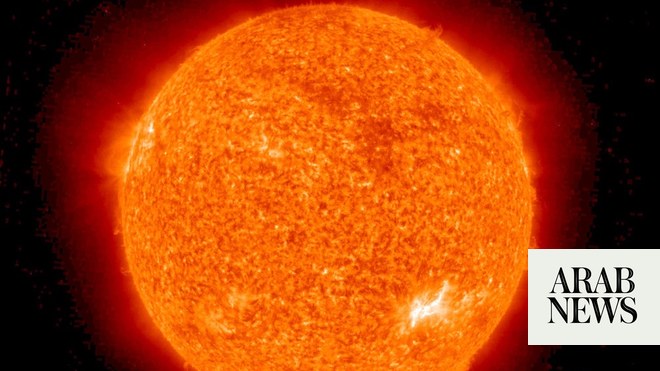
The expected phenomenon is an A-class solar storm and has no adverse effects.
Astronomical observatories predicted the Earth to see a two-day solar storm starting on February 26, due to a large coronal hole currently facing the Earth, causing the so-called Aurora phenomenon.
A coronal hole is an open area in the suns magnetic field that allows the solar wind to flow into space. During the minimum period of solar activity, as it is now, these holes remain open for a long time in the suns atmosphere.
According to the Space.com website, a large hole observed last summer may expose the Earth to a solar storm on Tuesday and Wednesday (February 26, 27), resulting in the so-called Aurora phenomenon, which usually occurs with the arrival of those solar winds to the Earths magnetic field.
These solar winds are not expected to have any adverse effects. The A-class solar storm does not cause any harms, but it creates aurora lights that will adorn the sky of the South Pole.
Solar storms are classified based on their power. The powerful ones can badly affect radio waves used for satellite communication and navigation known as GPS, while the effects of regular storms are limited to the aurora lights.
Dr. Mohammed Al-Sadiq, a researcher at the National Research Institute of Astronomy and Geophysics, explains that aurora occurs as a result of the convergence of electrons and protons in solar wind with the oxygen and nitrogen gases found in the earths atmosphere, and thus, produces these special lights.
The altitude at which this convergence occurs determines which of the auroras seven colors will be seen during the aurora phase.
Al-Sadiq told Asharq Al-Awsat that "at an altitude of about 60 miles, oxygen produces a yellow light, while at a higher altitude (about 200 miles) it produces a red light. And, while the ionic nitrogen creates blue light, natural nitrogen creates a red violet light. If the atmosphere contains other gases such as neon or sodium, then, we will see red, orange, and yellow lights.










